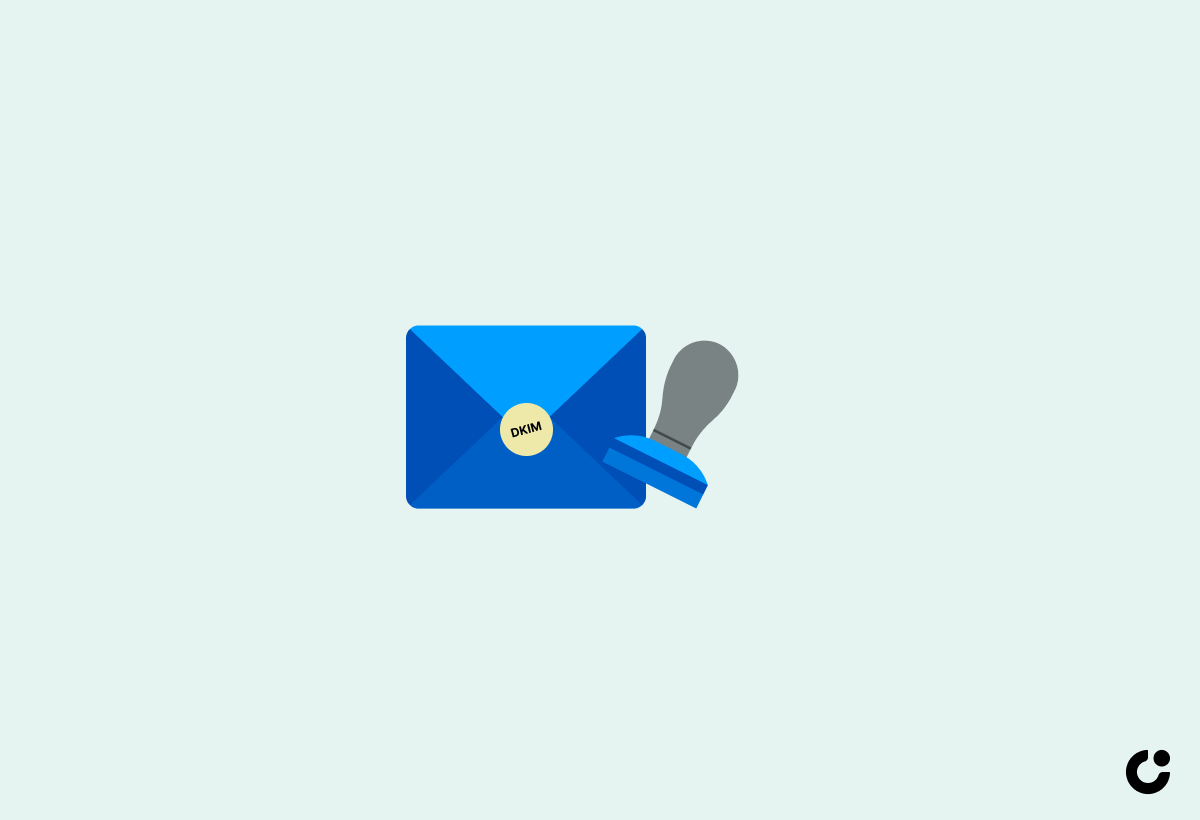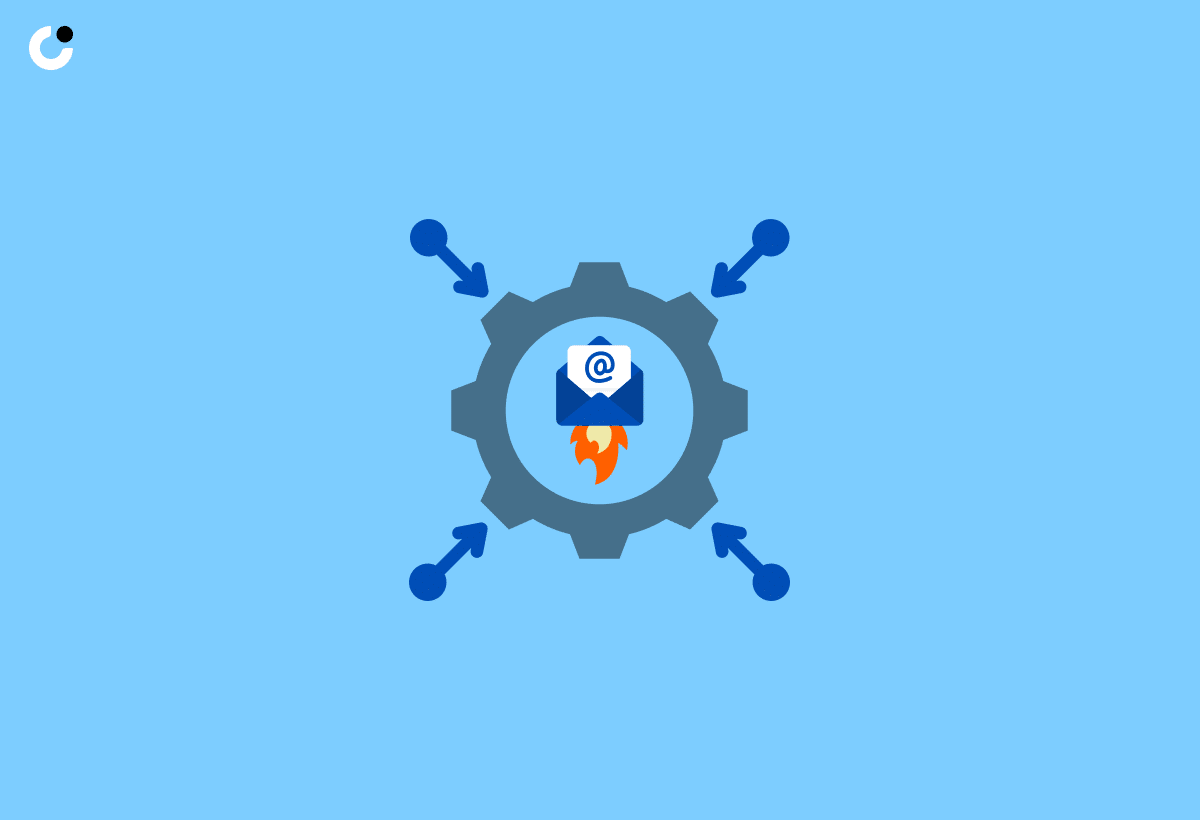Are you tired of your cold emails landing in the spam folder or being ignored altogether? Fear not! With the right email warm-up strategy, you can improve your sender reputation and boost the deliverability of your emails. In this comprehensive guide, we’ll walk you through everything you need to know about cold email warm-up, from setting up your email account to choosing the best tools for the job. Get ready to supercharge your cold outreach success!
Key Takeaways
- Cold email warm-up is a process of gradually building trust with email service providers to improve deliverability and establish a favorable sender reputation.
- Proper warm-up of cold emails is essential for successful outreach campaigns, as it helps bypass spam filters, enhances delivery rates, and increases the likelihood of positive engagement.
- Choosing the right tools & monitoring key metrics such as open/click rate & bounce rate ensures successful cold outreach after warm up period.
Understanding Cold Email Warm Up

Cold outreach success hinges on building a positive reputation with email service providers. Warming up an email account aids in credibility development with these providers, achieved by progressive sending volume increases and responsible email practices demonstration. This helps ensure that your emails reach the primary inbox of your recipients, rather than being relegated to the spam folder or blocked altogether.
A warm-up process is particularly vital for new domains and email accounts, which usually begin with a non-existent sender reputation. Maintaining a consistent email conversation and steady sending volume lets you gradually develop a positive reputation, enhancing your cold emails’ deliverability over time.
What is Cold Email Warm Up?

Cold email warm-up is all about gradually building trust and credibility with email service providers. By sending a smaller number of emails per day and slowly increasing the volume, you’re demonstrating to the email service providers that your activities are legitimate and that your email account is prepared for email campaigns.
This methodical approach to email warm-up helps to:
- Establish a favorable sender reputation
- Enhance deliverability
- Improve your chances of achieving successful cold email campaigns, as recipients are more likely to see and engage with your emails.
Why Cold Email Warm Up Matters

To warm up an email, it’s necessary to follow proper procedures for bypassing spam filters, enhancing delivery rates, and achieving successful outreach campaigns. Without proper warm-up, your cold emails are more likely to end up in spam folders or be blocked by email providers, resulting in poor sender reputation and reduced email deliverability.
Investing time and effort in the warm-up process contributes to the long-term success of your cold outreach campaigns. This proactive approach helps ensure that your emails reach their intended recipients and increases the likelihood of positive engagement.
Setting Up Your Email Account for Warm Up

Setting up your email account for success is a vital part of warming up cold emails. This involves selecting the right email service provider and personalizing your account to appear more professional and authentic. To warm up your email effectively, follow these initial steps which set you on the path towards an efficient warm-up process and, in turn, enhanced email deliverability.
A correctly configured email account reduces the likelihood of your emails being marked as spam by service providers. This enhances the sender reputation, a critical factor for obtaining high deliverability rates and executing successful cold email campaigns.
Choosing the Right Email Service Provider

Selecting a suitable email service provider is essential to ensure that your needs are met and that sufficient sending limits are available for your outreach campaigns. Factors to consider when selecting an email service provider include:
- Deliverability rates
- Automation capabilities
- Personalization features
- Pricing
Some popular email service providers for cold email campaigns include:
- Gmail
- Outlook
- AOL Mail
- Saleshandy
- Gmass
- Woodpecker
- Klenty
- Smartreach.io
- Mailrush.io
- Mailshake
- Lemlist
- Yesware
- Sendinblue
It’s important to research and compare the features and reviews of different providers to find the one that best meets your needs.
Personalizing Your Email Account

Once you’ve chosen the right email service provider, it’s crucial to personalize your email account to appear more professional and authentic. This can be achieved by adding a profile picture, customizing your email signature, and using a custom domain. By doing so, you’re reinforcing your credibility and increasing the likelihood that recipients will engage with your emails.
Authenticating Your Email Account

Authenticating your email account is necessary to make sure your emails hit the target inboxes and prevent being labeled as spam. Authentication protocols such as SPF Records, DKIM Records, and DMARC Protocol are designed to protect your emails from being marked as spam or phishing attempts. Implementing these protocols builds trust with email service providers and boosts deliverability rates.
Authenticating your email account is a critical step in the email warm-up process. Demonstrating the legitimacy of your email activities to service providers builds a positive sender reputation, a necessary step to execute successful cold email campaigns.
SPF Records

Sender Policy Framework (SPF) is an authentication method used to authenticate emails from your domain. It allows you to specify the IP addresses authorized to send emails on your behalf. By implementing SPF records, you’re helping receiving mail servers verify the authenticity of the sender, which reduces the chances of your emails being marked as spam or phishing attempts.
Incorporating SPF records in your email warm-up process is essential for improving deliverability and maintaining a positive sender reputation. By verifying your emails with SPF, you’re demonstrating to email service providers that your email activities are legitimate and trustworthy, increasing the likelihood that your emails will reach their intended recipients.
DKIM Records

Domain Keys Identified Mail (DKIM) is an authentication method that adds an encrypted digital signature to your emails, verifying their authenticity. This signature helps email service providers confirm that your emails have not been tampered with during transit and increases trust with recipients.
Implementing DKIM records as part of your email warm-up process is essential for maintaining a high sender reputation and ensuring successful cold email campaigns. By authenticating your emails with DKIM, you’re demonstrating to email service providers that your activities are legitimate, increasing the likelihood that your emails will land in your recipients’ inboxes.
DMARC Protocol

The DMARC (Domain-based Message Authentication, Reporting, and Conformance) protocol is an email authentication method that enforces sender policies through DNS records. It works in conjunction with other authentication methods such as SPF and DKIM to prevent email spoofing and phishing attacks.
By implementing DMARC, organizations can set specific practices for email authentication and receive reports regarding email delivery and authentication failures. This helps to ensure secure email communication and maintain a high sender reputation, which is crucial for achieving successful cold email campaigns.
Strategies for Effective Cold Email Warm Up

Two primary strategies exist for effective cold email warm-up: manual and automated warm-up. Both strategies require a gradual increase in the volume of sent emails to enhance sender reputation and deliverability. By employing either or both of these strategies, you can optimize your warm-up process and ensure the success of your cold email campaigns.
Choosing between manual and automated warm-up largely hinges on your specific needs and resources. Manual warm-up requires more time and effort but offers greater control over the process. On the other hand, automated warm-up relies on specialized tools to streamline the process and can be more convenient for those with limited time or resources.
Manual Warm Up

Manual warm-up involves sending personalized warm up emails to friends, colleagues, and existing contacts at a slow pace, gradually increasing the daily email count. This approach helps you establish a positive reputation with email service providers and train their spam filters to recognize your emails as legitimate.
To begin manual warm-up, follow these steps:
- Start by sending a few emails daily to your contacts and increase the volume over the course of a week.
- Aim to send more than 20 emails per day with a brief pause between each, progressing steadily and patiently.
- This hands-on approach allows you to monitor the warm-up process closely and make adjustments as needed, ensuring that your email account is well-prepared for full-scale email campaigns.
Automated Warm Up

Automated email warm up utilizes specialized tools that interact with your inbox, simulating replies and other positive interactions to gradually increase the daily emails sent and improve your sender reputation. These tools can help streamline the warm-up process and reduce the amount of manual effort required, making them a convenient option for those with limited time or resources.
Some popular email warm-up tools include Mailwarm, Warmbox, and Warmy.io. These tools automate the warm-up process by interacting with your email account and simulating positive engagement, thus helping to build a positive sender reputation and increase deliverability rates. It’s important to research and compare the features and reviews of different warm-up tools to find the one that best meets your needs and budget.
Monitoring Your Email Warm Up Progress

It’s necessary to monitor your email warm-up progress to identify when your account is prepared for full-scale outreach campaigns. Observing key metrics like:
- Open rates
- Click-through rates
- Bounce rates
- Sender reputation
allows you to assess your warm-up process’s effectiveness and modify as required.
Tracking these metrics also helps you identify any potential issues that may be affecting your sender reputation and deliverability rates. By addressing these issues promptly, you can ensure a smooth and successful warm-up process, ultimately improving the success of your cold email campaigns.
Key Metrics to Watch

During the warm-up process, it’s important to track key metrics such as:
- Open rates
- Click-through rates
- Bounce rates
- Sender reputation
These metrics provide valuable insight into the effectiveness of your warm-up efforts and help you identify any potential issues that may be affecting your deliverability rates.
For example, monitoring your bounce rate can help you identify issues with email deliverability, while tracking your sender reputation can provide insight into the trustworthiness of your email domain. By keeping a close eye on these metrics, you can make informed decisions about when to adjust your sending volume and when your account is ready for full-scale email campaigns.
When to Stop Warming Up

Knowing when to stop warming up your email account is crucial for optimizing your cold email campaigns. You should cease warming up your account when you have attained consistent deliverability rates, low bounce rates, and a favorable sender reputation.
Generally, a deliverability rate between 98-99% is considered satisfactory, while a bounce rate of below 2% is typically considered normal during email warm-up. By monitoring these metrics and adjusting your warm-up process accordingly, you can ensure a smooth transition to full-scale email campaigns and improve the overall success of your cold outreach efforts.
Tips for Successful Cold Outreach After Warm Up

Once your email account has been adequately warmed up, the focus should shift to implementing successful cold outreach campaigns. To maximize the effectiveness of your campaigns, it’s important to maintain a balance between quality and volume, as well as personalize and target your emails to the right prospects.
Following best practices and continually observing key metrics enables the optimization of cold email campaign success and the establishment of a robust sender reputation with email service providers. This will result in improved deliverability rates and increased engagement with your target audience.
Maintaining Quality and Volume

Maintaining the right balance between quality and volume in your cold email campaigns is crucial for preserving your sender reputation and ensuring consistent deliverability rates. Sending too many emails in a short period can overwhelm recipients and result in spam complaints, while sending too few emails can lead to reduced engagement and a weakened reputation.
To sustain email volume in a cold email campaign, it’s important to start with a limited volume and steadily increase it, ensuring that your email content remains high-quality and relevant to your target audience. By doing so, you can maintain a positive sender reputation and improve the overall success of your cold email campaigns.
Personalization and Targeting

Personalizing your cold emails and targeting the right prospects is essential for increasing engagement and improving the success of your outreach campaigns. Personalization can include using the name of the prospect, referencing shared interests, and customizing your messaging based on the specific needs of each recipient.
Segmenting your target audience based on criteria such as:
- job title
- industry
- location
- interests
- demographics
Segmenting your audience can also help you tailor your messaging and resonate with each group. By regularly revising and updating your segmented lists, you can ensure they remain relevant and effective for your cold email campaigns. Including an unsubscribe link in your cold email is a crucial aspect to maintain a healthy sender reputation.
Choosing the Right Email Warm-Up Tools

Choosing suitable email warm-up tools can aid the warm-up process and boost your sender reputation, leading to successful cold outreach. There are a variety of warm-up tools available, each with its own features, pricing, and benefits. Some popular options include Mailwarm, Warmbox, and Warmy.io.
When choosing an email warm-up tool, it’s essential to research and compare the features and reviews of different options to find the one that best meets your needs and budget. By leveraging the right tools, you can automate the warm-up process and focus on crafting high-quality cold email campaigns that drive results.
Summary
In conclusion, a well-executed cold email warm-up process is essential for building a positive sender reputation, improving deliverability rates, and ensuring the success of your cold email campaigns. By following the best practices outlined in this guide, such as setting up your email account, authenticating your emails, and monitoring your progress, you can effectively warm up your email account and supercharge your cold outreach success. So, don’t let your emails languish in the spam folder – start warming up today!
Frequently Asked Questions
How do you warm up an email for a cold email?
Start by building a conversation by sending 10-20 individual emails from the new account. Increase the email volume gradually over a 2-4 week period while keeping your open, click-through, and bounce rates within acceptable limits. Use strategies such as not asking for anything, briefly building credibility, using your best pitch, mentioning a reason for your offer, and pitching to plenty of prospects.
How do you start a cold email?
Start your cold email by making a connection with the reader, referring to their expertise, achievements, work and company. Keep it short, no more than 2-3 sentences, and include a clear call-to-action. Maintain a professional tone throughout.
What is a warm up email reply?
Email warm-up is a process to build reputation for a new email account and increase its sending limit. It involves sending a few emails daily and gradually increasing the number each day.
What is the purpose of cold email warm-up?
The purpose of cold email warm-up is to build a positive sender reputation and improve deliverability by gradually increasing the number of sent emails.
What are the key metrics to watch during the warm-up process?
When warming up an email list, it's important to track open rates, click-through rates, bounce rates, and sender reputation to ensure successful campaigns.

